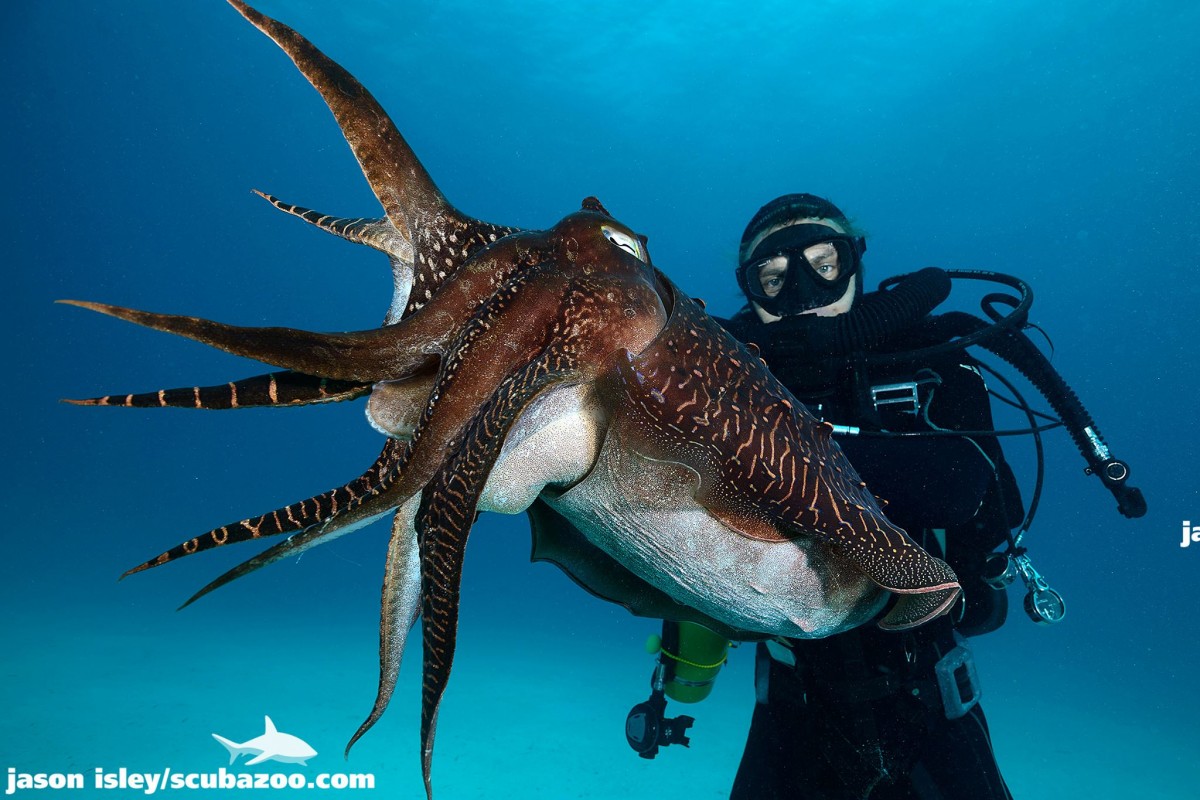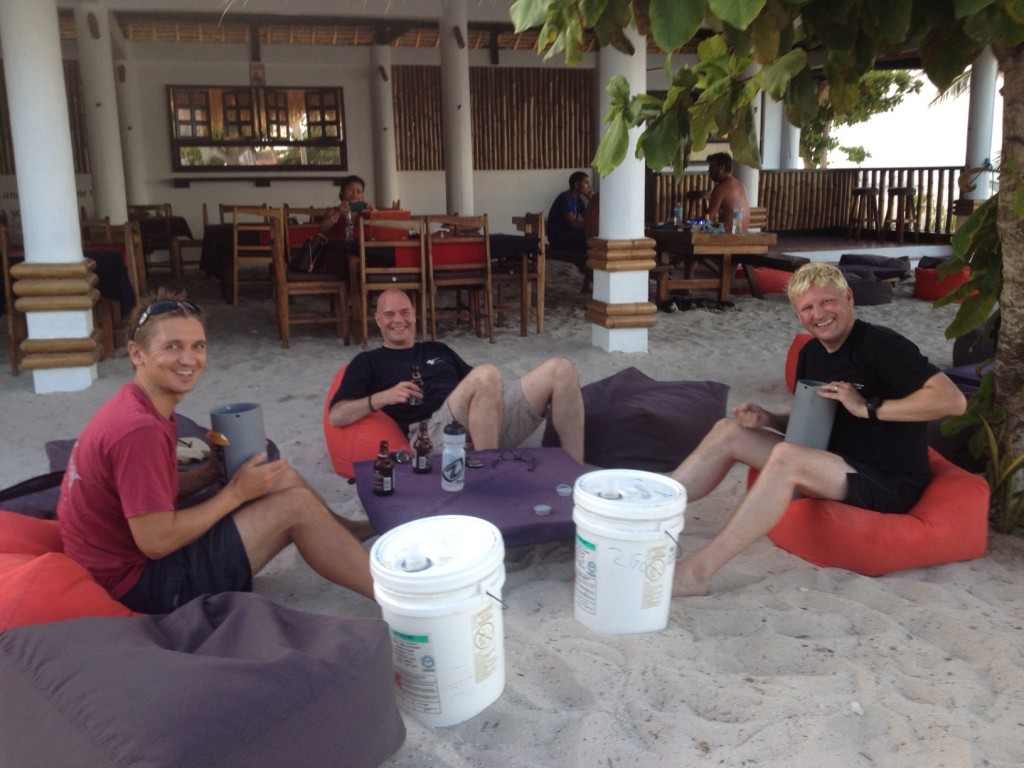Rebreathers are rapidly becoming the standard for underwater natural history camerawork and in 2014 I got my license. I did my course on the Pelagian DCCCR rebreather. It’s made in Thailand by a very interesting guy called Andy Fritz and my training was conducted by Matt Reed at the excellent Evolution Dive resort in Malapascua, Philippines. I recommend Matt and Evolution unreservedly for any tech training, they are thorough, professional, down-to-earth and environmentally aware.
The USP of the Pelagian is that it’s fully manual. DCCCR means ‘Diver Controlled Closed Circuit Rebreather’. There is a constant bleed of 02 into the mix and you control your PO2 by increasing or decreasing the flow via the bleed valve or manually dumping 02 in with the push of a button. It takes some getting used to but experienced operators can very quickly adjust levels for depth and work rate. It does mean that you have to monitor your PO2 very closely in case it spikes or drops significantly. A ‘heads-up’ display is invaluable here. The Pelagian is a relatively simple unit and by carrying a few spares you can service it in the field for most eventualities which is great for a cameraman like myself, often diving in remote locations. There are definitely pros and cons to very unit on the market but the Pelagian is definitely well worth a look. There is a very good run-down on the benefits of the unit at Evolution’s site.
UPDATE: In October 2016 after racking up about 250hrs on the Pelagian I crossed over to a rEvo CCR. There are a few reasons for this and I have written a blog about crossing over to the rEvo on my decision and thoughts after diving the unit for a while. I still wholeheartedly recommend the Pelagian DCCCR for divers looking for a manual rebreather.
Share this Post

